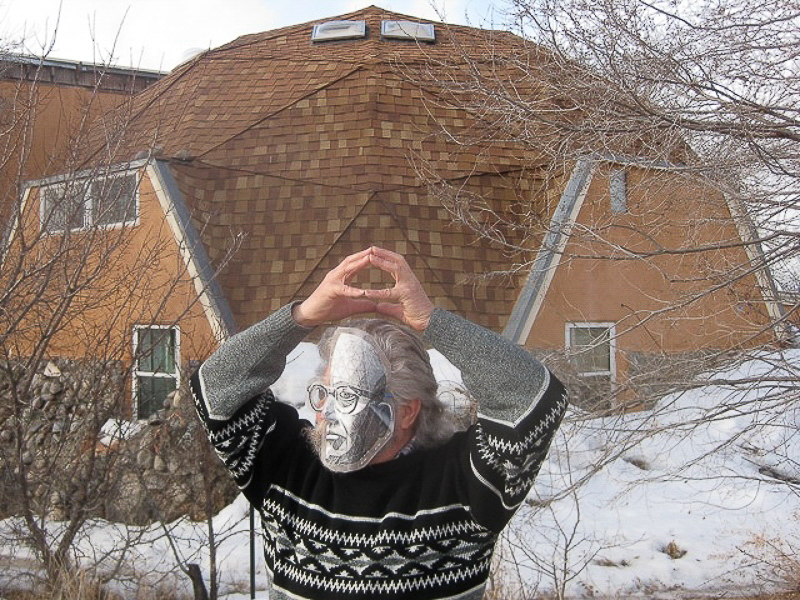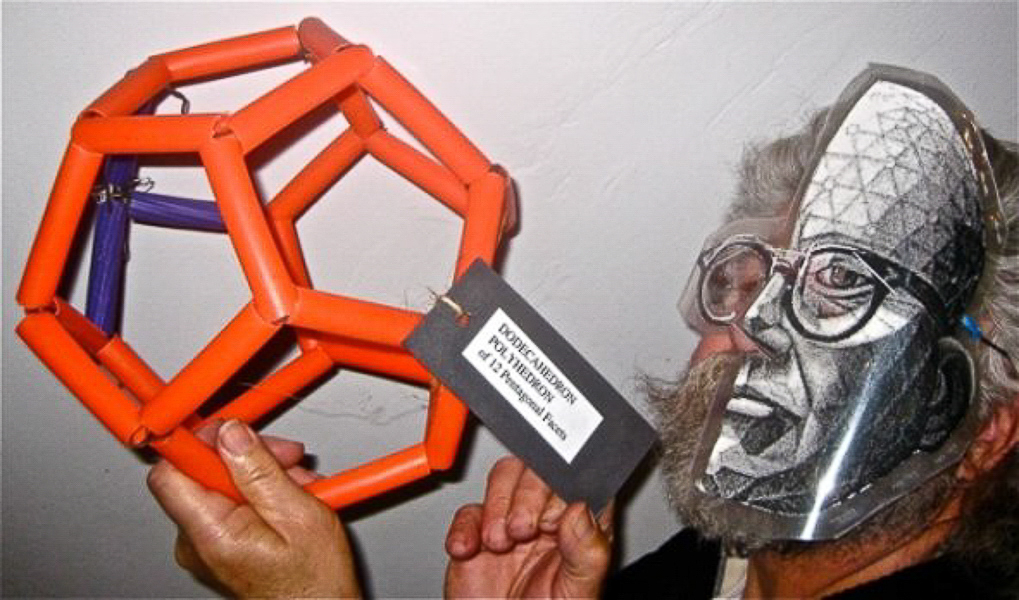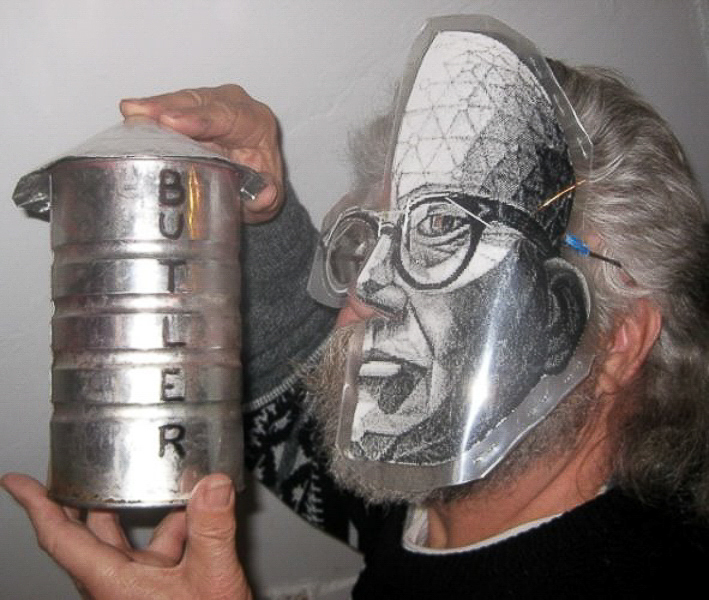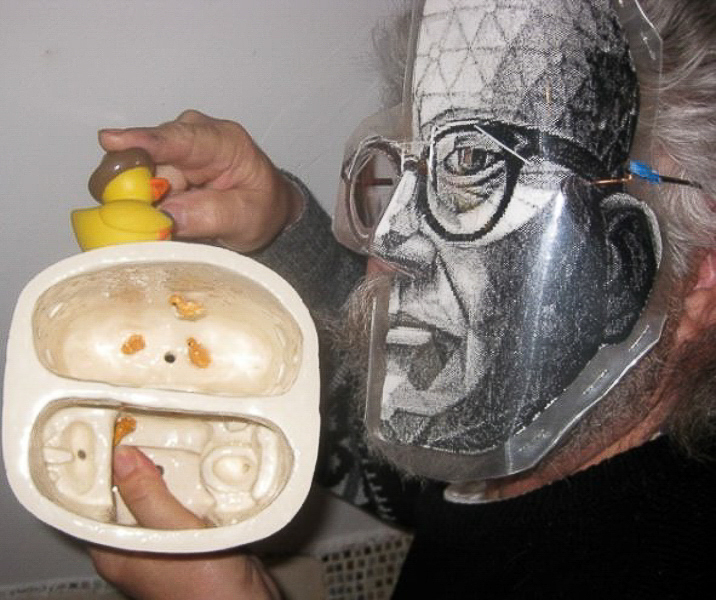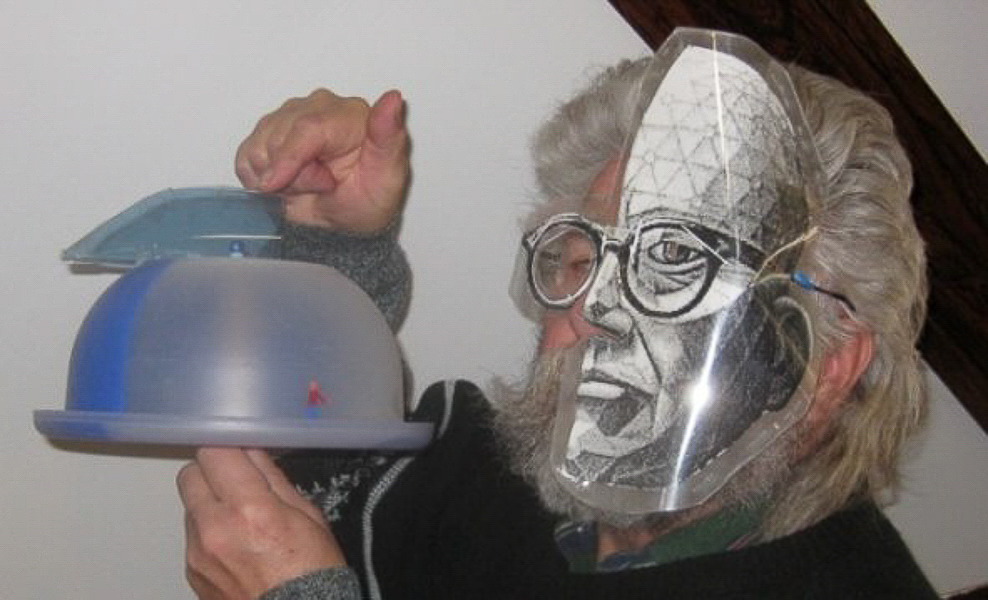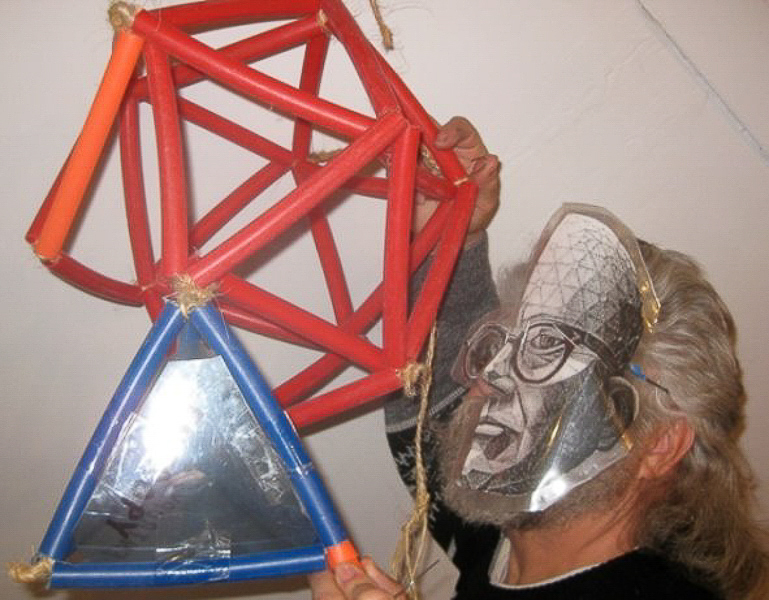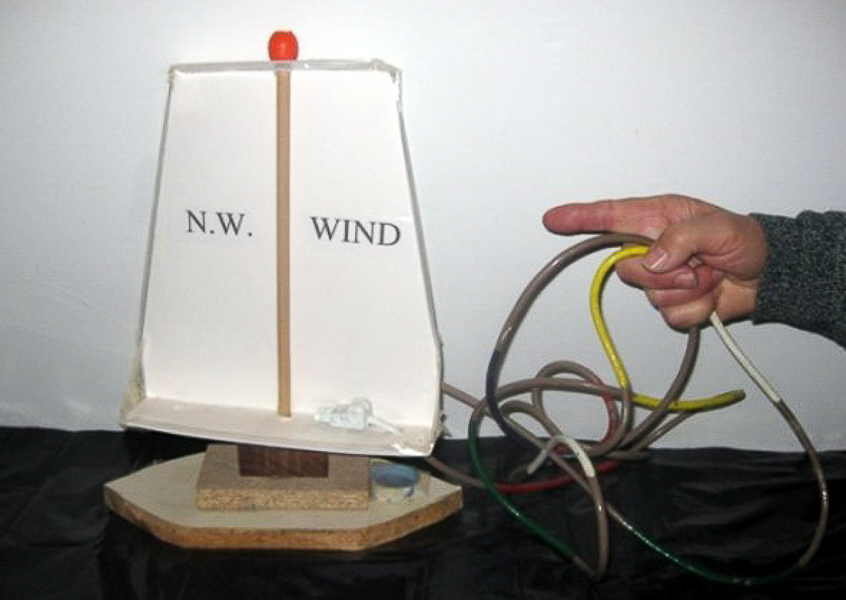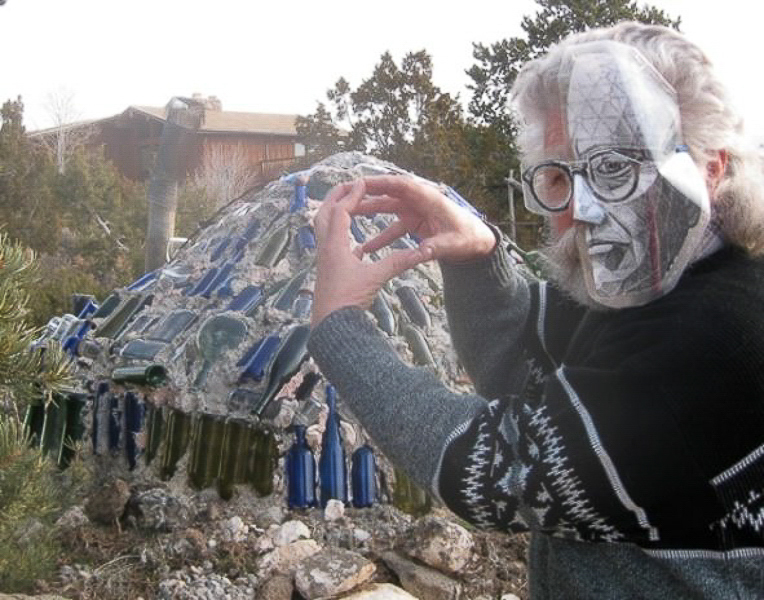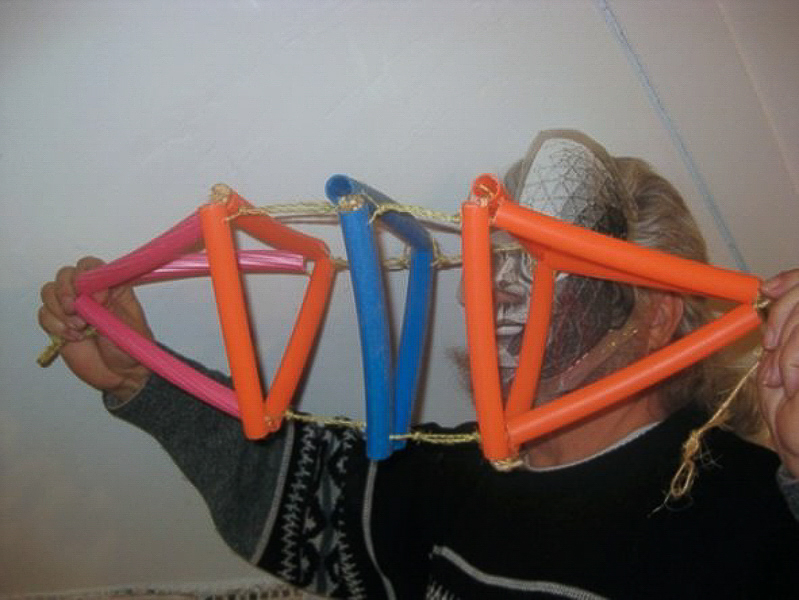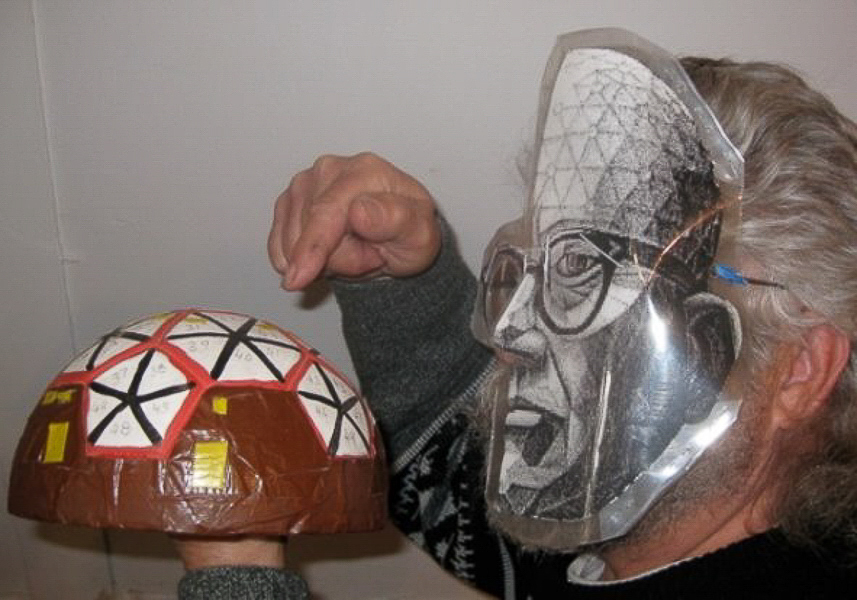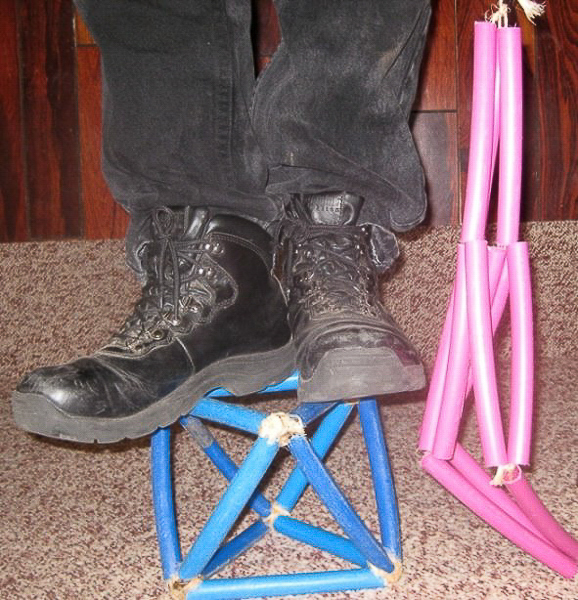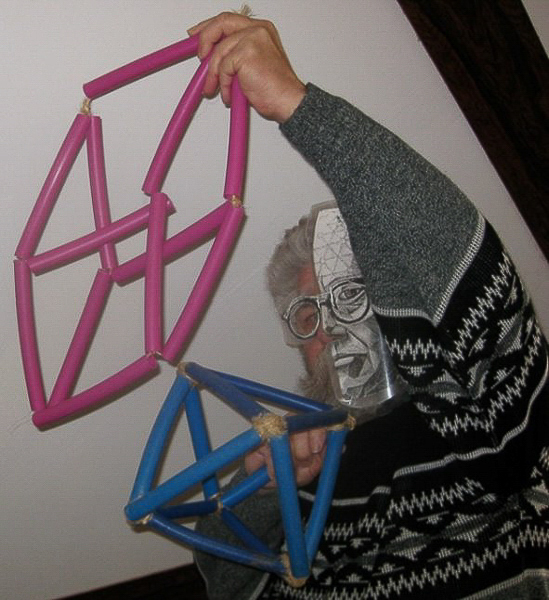
R. Buckminster Fuller
Types of Architecture
Subtractive Architecture
Examples of subtractive architecture include animals that excavate dens and ancient and contemporary creative people that “excavate” dwellings below ground level (turf houses) or cliff dwellings. Excellent climate control is a very positive feature of subtractive architecture.
“A” Frame
“A” frame is a system of architecture employed in Native American teepees and in truss roofs.
Post & Lintel
Post & Lintel is an architectural system which depends on two posts and a lintel. One can see this feature in every door frame or at Stonehenge.
Corbel Arch
The Corbel Arch is a hybrid between the “A” Frame and Post & Lintel system. The builder, lacking an appropriately long lintel, tries to fake it by bringing “multiple lintel stones” closer and closer until they span between the posts. It is inherently an unstable architectural system which collapses readily.
True Arch
The True Arch of Roman, Romanesque, or Gothic form uses tapered stones, and gravity largely confirms strength to the structure by pulling the units together. Places where gravity may act to push the walls apart are buttressed. Gothic buttresses are hollow and free standing to provide more indoor space.
Vault
A vault is an arch elongated into a Quonset or tunnel. To improve the ratio of ceiling/roof to walls– groin vaults were sometimes utilized. Elevated groin vaults provide even more favorable and elegant proportions. We can think of the elevated groin vault as a “dome wannabe”.
True Dome
The true dome is a Renaissance invention. It is architecturally very stable and can span remarkably large areas.
Cantilever Architecture
Cantilever Architecture was made possible with strong steel beams which extend horizontally from a centrally located weight bearing wall (like diving boards) and (these beams) subsequently serve to “hang” the peripheral (largely glass) walls which enclose the building. Walls have two functions: 1) to hold up the ceilings/roofs and, 2) to keep the outside OUT and the inside IN. In cantelever architecture these two functions are divided between the inside weight bearing wall and the outside climate control wall.
Geodesic Dome
Petr Jandacek has bragging rights in that he interacted personally with B. Fuller at Illinois State University at Illinois Institute of Technology (Institute of Design – American Bauhaus), and through personal correspondence with B. Fuller. Jandacek and his wife, Louise, have built a geodesic dome as their home in Los Alamos.
Concepts
#1
Geodesics are based on triangles, tetrahedrons, pentagons hexagons spheres and domes.
#2
Alloy of nickel + chromium + steel is much, much stronger than any of its parts! Bronze is copper made much stronger by adding a little tin. SYNERGETICS.
#3
Butler buildings are used in the Midwest for grain storage. Bucky could not convince people to live in a retrofitted tin can.
#4
Bucky designed a very compact bathroom which could be moved into and around any home… like rearranging furniture.
#5
Rotating ventilation funnel screamed in the middle of the night when wind direction changed. The Dymaxion House was as successful as most of Da Vinci’s inventions.
#6
Buckminster Fuller argued that “entropy” can always be represented by a lost tetrahedron.
#7
Cord is far more substantial than air. Pushing (compression) on a sail will not make the boat move. Tension (vacuum/suction) in fact propels the craft. In next picture note how the Northwest Wind is in fact a Southeast Suck… as the cord can PULL the boat from a long distance away. Wind is air sucked from a high pressure area to a low pressure area.
#8
Compression in sailing and/or architecture is a figment of your imagination. TENSION is the only real force. The boat is being drawn towards the vacuum or LOW pressure area rather than being pushed by the wind.
#9
Geodesic sweat lodge
#10
Shack-shape is usually based on squares and cubes. Ship-shape is based on triangles and tetrahedrons. Submarines, surface ships and spaceships must be stronger and of better design than shacks.
#11
In earthquake areas domes would save lives and property.
#12
Using geodesic principles – a flat map can be folded into a globe.
#13
Octahedron of 12 tubes tied together with string is strong enough to stand on. A cube of 12 tubes tied together collapses under its own weight — proving that triangles are much stronger than squares.
#14
Spheres made of triangles do not rely on gravity. Internal tension holds them together.
#15
Tension is the real force which masquerades as compression. The bars do not touch! They are held in place by the tension of the twine.
#16
Twelve tubes arranged like a CUBE collapse under their own weight. Tied together as an octahedron (8 triangles rather than 6 squares) the structure is tremendously strong.
(505) 672-9562
Petr Jandacek
Louise Jandacek
Mailing Address
127 La Senda Road
Los Alamos, New Mexico
USA
87544


